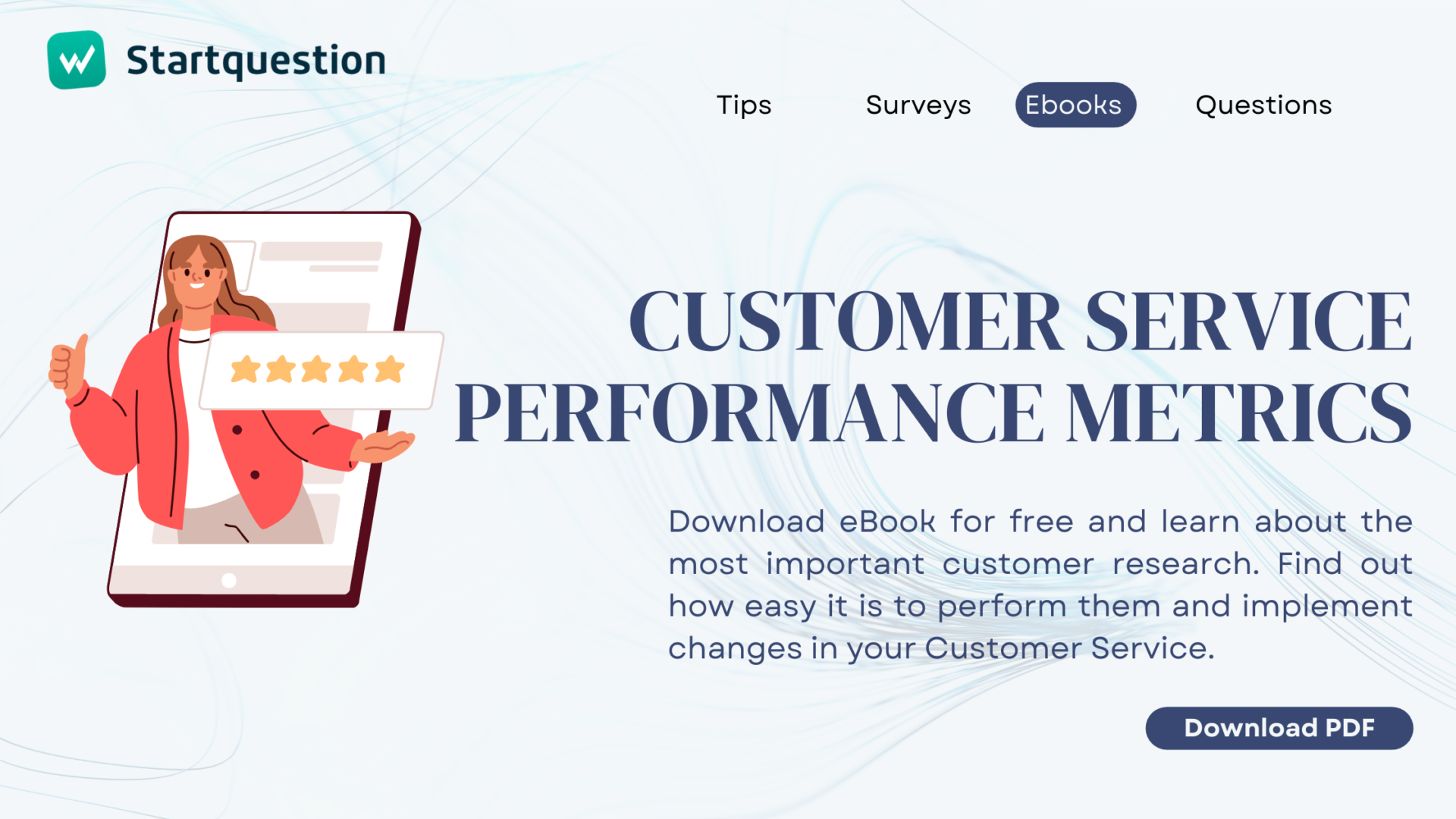You run a business and one of the studies targeted at your clients is the Net Promoter Score. Great – it means that the voice and opinions of your customers are important to you, and you take specific actions to gain their loyalty and increase satisfaction.
However, choosing the right metrics is just the beginning. In order for an NPS study to be reliable, you need to know not only how to complete it but also how to analyze the results. And this is exactly what we will focus this article on achieving a good NPS result.
It cannot be denied that NPS benchmarking is a complicated process. Behind the Net Promoter Score, as well as behind every metric measuring customer experience, there are a number of factors that have a greater or lesser impact on it.
The latest research by Temkin illustrates this perfectly, where the average score for car dealers is about 39, and the lowest is 20 points on the NPS scale. For internet service providers, the average score is around 0 points, with the lowest being -16 and the highest 19.
What does this mean? The NPS will not tell you much without any context. You should take into account how the situation looks when it comes to your competition or what its characteristics are in a given industry. While for some companies NPS 30 is a total failure, for others it can be a success.
Startquestion is a survey software
Gather feedback via weblink, social media, email, and more.
No credit card required · Cancel any time · GDRP Compilant
So if you want to know if your NPS is right or wrong, there is more to look at than just a number. You should look at the factors influencing the NPS benchmarks and the steps to be taken when comparing the results with the competition.
What is a good Net Promoter Score?
First of all, one thing is certain: an NPS score below 0 means that your company has many problems to solve. A score of 0-30 is rated relatively good but still suggests there is room for progress in the company.
If your NPS is higher than 30, it usually means that the business is doing well and has far more satisfied customers than unhappy customers. And finally the best scenario: high NPS score above 70 means that your customers just… love you. They recommend you, speak well of you, and your income grows and grows.
Tip: Always try to keep your score above the critical level of 0. Even if your NPS equal to -50, for instance, is still better than the competition, falling below zero should always warn you – something is definitely wrong and you should correct it.
It must be emphasized that the above figures are very relative. After all, there are markets that never reach average Net Promoter Scores above 20 – due to the specificity of their activities. If your company operates in one of them, you should take a few steps to compare your results with the competition (to find out accurate Net Promoter Score benchmarks).
Here they are:
Step 1: Compare your NPS with the industry average
To better understand what is a good Net Promoter Score (NPS) for you, start by comparing it with the average result for your industry. This is the so-called relative method which, unlike absolute (comparing your score with a set standard), can tell you what NPS would be satisfactory for you.
When comparing the NPS scores, it is important to understand the market you are operating in – some companies have a more positive image in the eyes of customers upfront when compared to others.
For example, shops bring customers more happiness than banks and insurance companies. Therefore their NPS indicator is automatically higher. If you operate in the travel industry, for example, you cannot compare yourself to a company that offers Internet or TV services.
Why? Let’s take a look at Verizon’s NPS which amounts to 32 in studies. Given the maximum score of 100 (which no company ever achieved), you might think it’s quite low. In fact, Verizon has the best record in the entire ISP industry.
On the other hand, let’s take a look at United, with a score of 10 NPS, ranking the company as one of the worst airlines. While both companies have a similar result, their result should be interpreted through the prism of the industry:
Step 2: Compare the average NPS result by region
By definition, the good NPS score meaning varies not only by industry, but also by geographic region and country. Cultural differences can have a big impact on the customer feedback.
For example, in some countries, even happy customers are less likely to give the best ratings – not just for NPS, but on any scale. In another culture, on the other hand, people are more likely to target extremes, avoiding averages.
Anyone who has ever compared the NPS survey results in the US and Europe probably knows what we are talking about. Europeans are very careful about a company’s performance and are less likely to score 10 or 9 points. It is similar in Japan.
Americans, on the other hand, perform better than anyone else. And this is not surprising at all, since the Net Promoter System was originally developed in the US.
Step 3: Consider if you have chosen the best channel for sending NPS surveys
Pay attention to the differences in the channels through which the survey is conducted (e-mail, SMS, etc.). This can have a big impact on your NPS.
There is much debate about the survey methodology preferred by respondents. Inspired by the growth of the Internet, online surveys seem to play a leading role in the case of NPS. However, such criteria as approach, reach, cost, and demographics allow some channels (e.g. SMS, telephone) to achieve better results in strictly defined cases.
For example, direct interaction, specific for a telephone call, may determine greater involvement on the part of the respondent. On the other hand, however, it can also influence the responses – people tend to present their opinion in a more positive light when faced with direct contact. In addition, online surveys are by far the least costly and invasive solution.
Ready-to-use examples of customer surveys
Step 4: Use your own NPS for benchmarks
As we emphasized before, the Net Promoter Score itself is nothing more than just a number. It becomes meaningful only in the appropriate context. One thing is certain, however – a better result than the previous one will always be a good NPS score. And that should be the most important point of reference for your company.
The best way to measure your progress is to compare your NPS with your score over the last three or six months. If you see an increase of 5-10%, you are going in the right direction. If you see a significant drop, use it as a warning sign that something has gone wrong and specific action needs to be taken as soon as possible.
If your average NPS continues to improve, your customer satisfaction and therefore your company’s revenues are likely to continue to improve as well.
NPS is a driving force for change – for the better!
You already know how to interpret the results of the Net Promoter Score survey. Now you need to ask yourself the most important question: if you find out in the benchmarking process that your score is lower than your competitors’, will you start to improve? On the other hand, if you find out that you are doing better than others in the industry, will you stop caring for its growth?
Many companies are obsessed with NPS benchmarks and increasing their score, which in itself is not really a quantifiable indicator of a company’s growth, but above all a qualitative reflection of customer loyalty. Don’t make the same mistake – treat a good NPS score as a driving force – analyse and compare the results, and most of all react.
On the Startquestion blog, you can read more about what are the most common mistakes made with the NPS method (and how to avoid them). You can also use ready NPS survey examples and start researching quickly in new departments and among new respondents.
Create good NPS surveys based on ready templates
Get started using Startquestion for free – ready question templates, including Net Promoter Score surveys, are waiting for you in the user panel. Start researching today and change your organization for the better!




